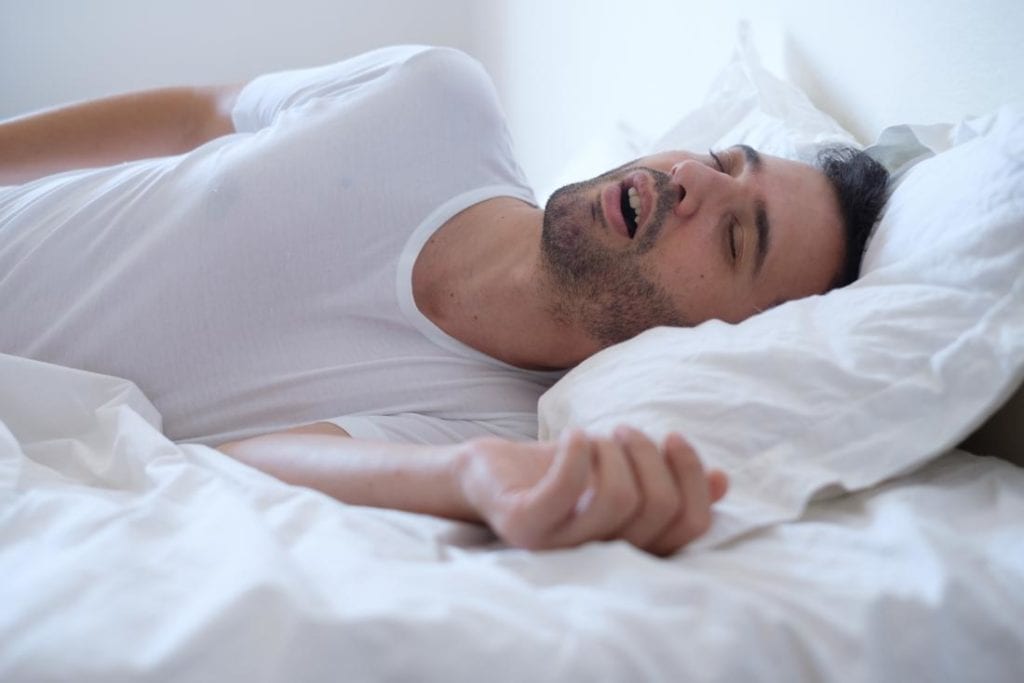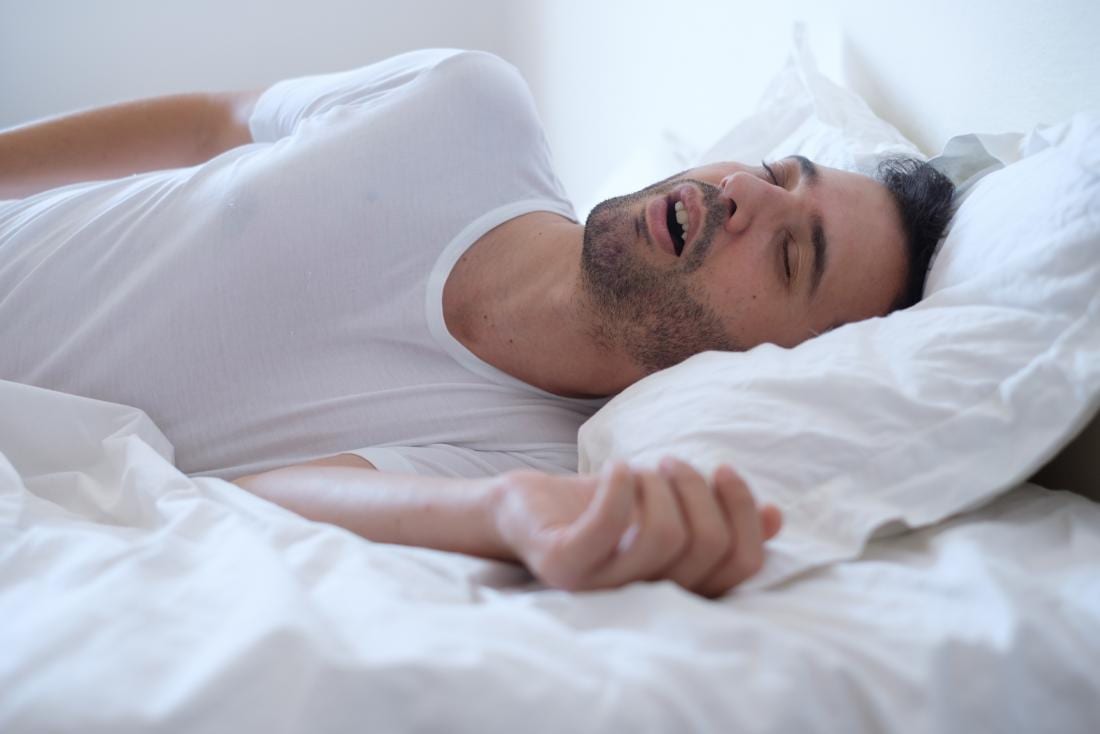
Sleep apnea is a serious condition that doesn’t discriminate. It affects all ages, genders, and body types. The worst part about it is that you might not even realize that you suffer from it.
Did you know that loud snoring isn’t just a nuisance to your partner? It’s actually a common sign of sleep apnea. Other signs include choking or gasping during sleep, daytime sleepiness or fatigue, and high blood pressure.
It’s a bit scary to learn that things that once seemed like common every-day health issues are actually symptoms of a serious condition. Wouldn’t you love to reduce all of these symptoms by treating sleep apnea? Imagine waking up each morning feeling refreshed.
It’s possible with the right sleep apnea treatments. Continue reading below to learn more.
1. Oral Appliance
For patients with mild to moderate sleep apnea, oral appliances are a great form of treatment. The oral appliance is worn while you sleep and is used to keep your throat (airways) open. Some oral appliances work by slightly bringing your jaw forward.
Others work by holding your tongue down in place. Either form works to reduce snoring and help with mild sleep apnea. These oral appliances are usually available through your dentist.
Keep in mind that because there are several different types, you might need to use trial and error to find the right oral appliance for you. Don’t get discouraged if the first one doesn’t work well for you. You have options. Once you choose one, you’ll return to your dentist frequently during the first year of use to ensure it fits properly and is working well.
2. CPAP Therapy
Those suffering from moderate to severe sleep apnea would benefit greatly from continuous positive airway pressure (CPAP) therapy. CPAP therapy uses a machine connected to a mask that delivers air pressure through your airways while you sleep. This pressure keeps your airways open reducing both snoring and sleep apnea.
CPAP therapy is one of the most common and effective sleep apnea therapies available. However, beginners to the therapy tend to struggle with adjusting to wearing the mask while they sleep. Luckily, it’s something that many users get used to over time with practice and adjustments to the straps.
Those suffering from severe sleep apnea should find out more about adjusting to the use of a CPAP mask to ensure optimal treatment and comfort.
3. Positional Therapy
Although everyone is different, some people suffer from sleep apnea more so when lying on their backs. When they turn to lie on their sides, their breathing returns back to normal. Positional therapy is a type of behavioral strategy used to treat positional sleep apnea.
During this therapy, you’ll wear a special device that wraps around your waist or back and prevents you from sleeping on your back.
4. Weight Management
Sleep apnea can affect anyone of any age or weight, but those who are overweight have a higher chance of suffering from it. This is due to extra tissue in the neck, causing the airways to be more narrow. Because of this, weight loss might be a good contender for fighting sleep apnea.
Those who are overweight and able to complete a weight management program should give it a shot. Losing the weight might not completely eliminate your sleep apnea, but it most likely will help.
5. Sleep Apnea Surgery
Eliminating the extra tissue in your throat that collapses during sleep and blocks your airways is a common way to treat sleep apnea. This is done with sleep apnea surgery. Each situation and individual is different and where some surgeries may be minimally invasive, others might be a bit more complex.
However, do keep in mind that surgery might be a great option for one person and a not-so-great option for another. Speaking with your doctor about your options is the best way to determine if sleep apnea surgery is right for you. This surgery is done to correct one of the following:
- Upper and lower jaw
- Tongue
- Soft palate and uvula
- Tonsils and adenoids
It’s also important to know that this might not always be a permanent option. Some people notice their sleep apnea reoccurring at a later time after surgery.
6. Nasal Decongestants
Mild sleep apnea patients might also benefit from using nasal decongestants. Nasal decongestants work to open up your airways and allow for better airflow. Take nasal decongestants a couple of hours before lying down in bed to help open your airways while you sleep.
If you’re someone who has allergies, this will help open the airways in your nostrils. Do keep in mind that this type of treatment is only effective for those who suffer from very mild sleep apnea.
7. Everyday Habits
There are many everyday habits that you can change to reduce your sleep apnea symptoms. For example, if you’re a smoker or a drinker, then quitting these daily habits will help your sleep apnea. Drinking alcohol relaxes the muscles in your throat, causing them to collapse while you sleep.
You should also consider giving your brain time to relax before lying down in bed. This means shutting off all electronics at least 20 minutes before bedtime. Yoga and meditation also help to relax the body, creating better sleep patterns and decreasing daytime sleepiness.
Consider These Sleep Apnea Treatments
If you suffer from sleep apnea, then you’ll want to try out these sleep apnea treatments. One type of treatment doesn’t work best for everyone, so talk to your doctor about which options are best for you.
And for those ready to make a healthy life change, be sure to check out our Healthy Recipes Section!
